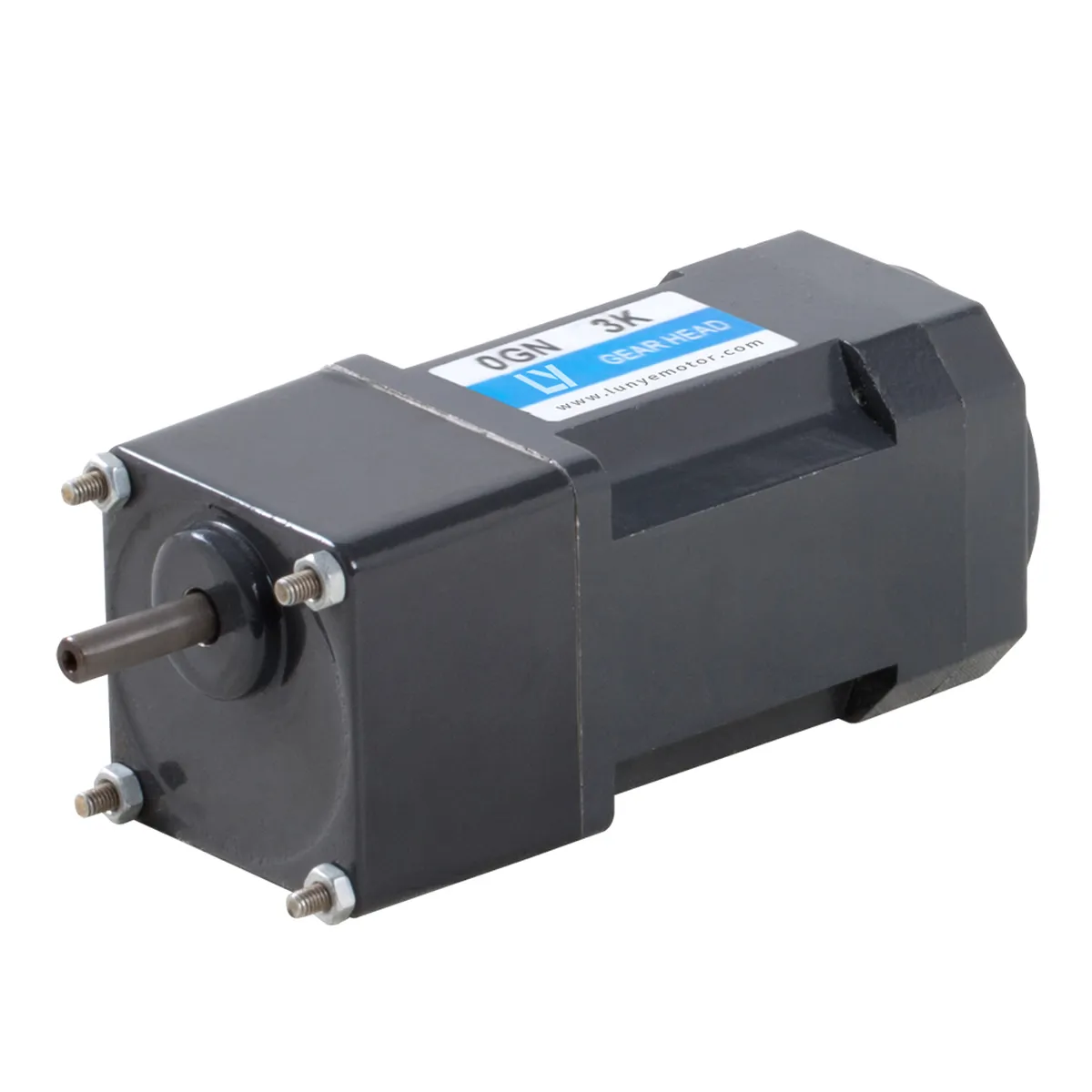
Which motor is used in the packing machine?
The packing machine may use a variety of motors depending on the specific application, but commonly used motors include stepper motors or servo motors, chosen for their precision, speed, and torque capabilities.
Much of modern society's production is automated, and one of the key components of an automated system is the motor. It is the heart of the automation system that converts electrical energy into mechanical energy to perform various tasks. In the packaging industry, motors play an integral role in improving efficiency and productivity. This paper discusses the main types of motors used in packaging machines and their technical significance.
Commonly used motors for packaging machines
AC motors are one of the most commonly used types of motors in the packaging industry. They are known for their durability, simplicity, and cost-effectiveness.
Stepper motors are controlled by a driver. They have excellent precision control, are highly efficient, and are often used in processing projects where precision is required, such as packaging machines, canning, or measuring applications. In packaging machines, stepper motors are mainly used to realize power control of packaging machines such as conveyor belts, cutters, and positioners.
In addition to stepper motors, servo motors are used as high-performance, high-accuracy control motors that provide advanced control of speed, position, and acceleration. They are typically used in packaging machines that require precise control, high torque, and fast repetitive motion.
Conclusion
The operation of a packaging machine is heavily dependent on the motor. The type of motor used can vary depending on the specific requirements of the packaging process. Selecting the right motor for a packaging machine requires consideration of various factors such as cost, complexity, maintenance needs, efficiency, and application-specific requirements.



Leave a Comment